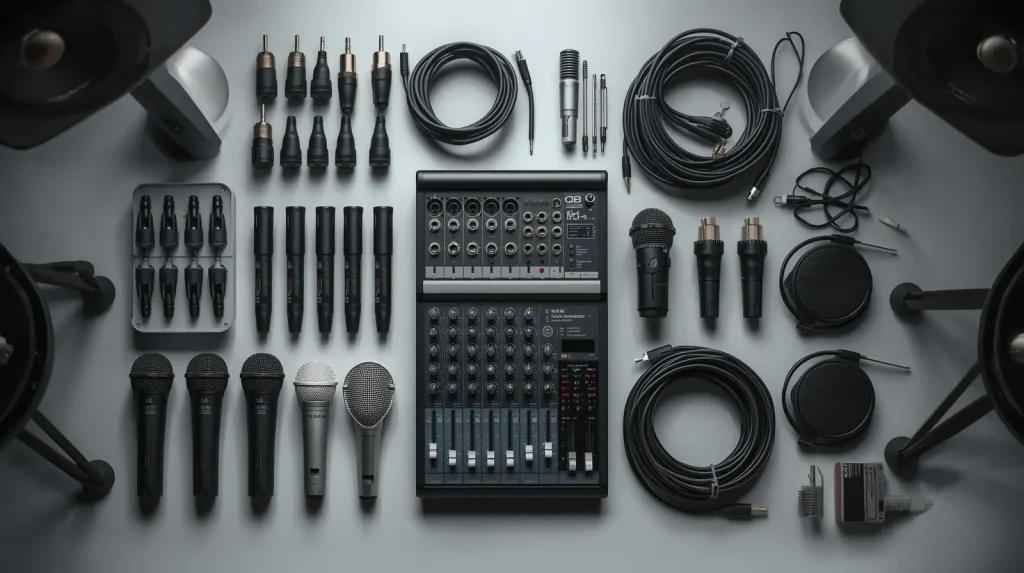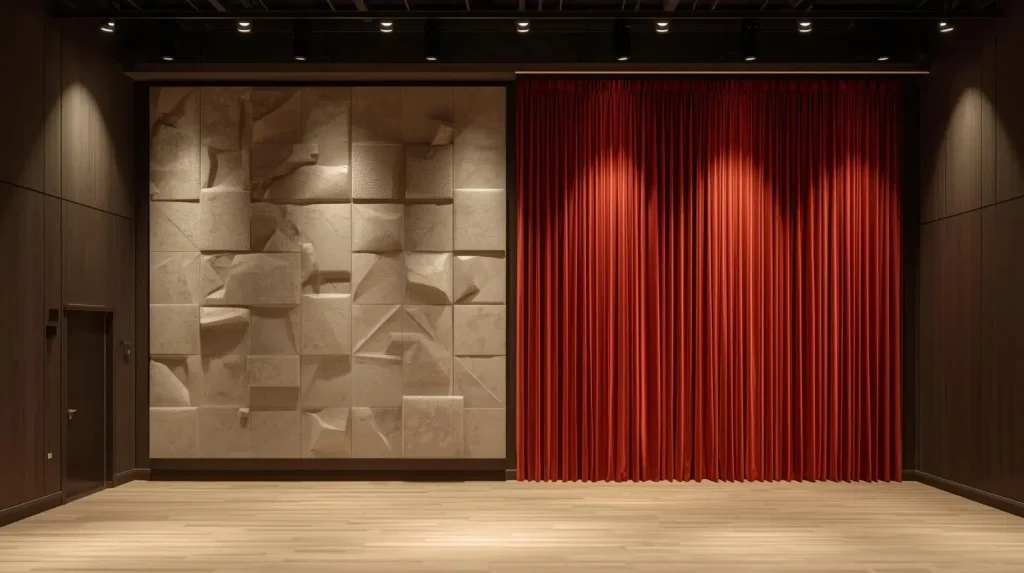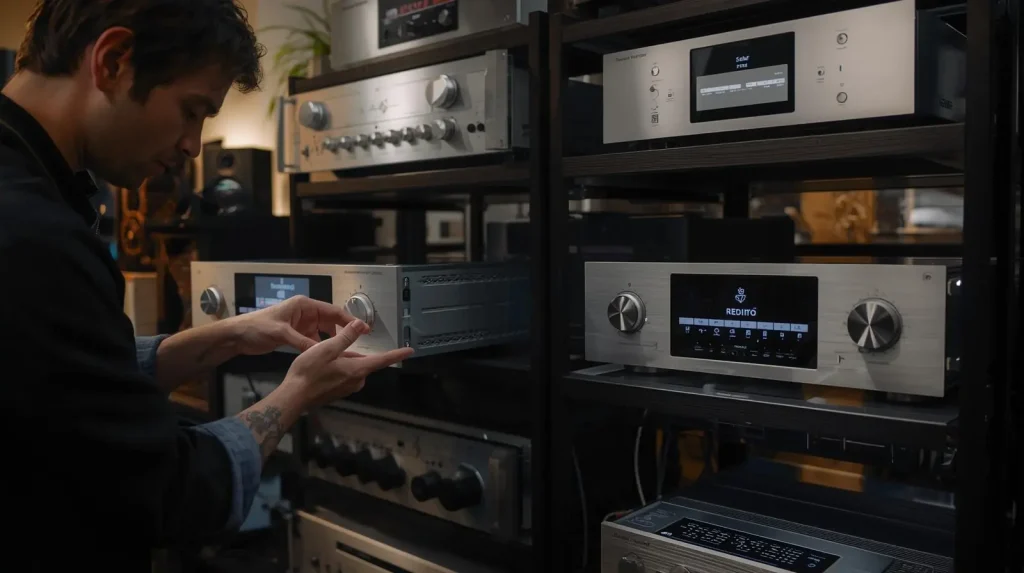A well designed audio setup can turn an ordinary event hall into a dynamic, immersive space that elevates every presentation, wedding toast, panel discussion, or live performance. Unfortunately, many event hall owners assume that professional-grade sound requires a massive investment. The truth is that you can make your event hall audio ready without breaking the bank by planning smartly, choosing the right equipment, and optimizing the space you already have.
Whether you manage a community center, banquet hall, small conference facility, or multipurpose venue, a strong audio foundation helps you attract higher-quality events and deliver a consistently positive experience. In this guide, you will learn practical, budget friendly strategies used by audio professionals to achieve clear sound, minimal feedback, and reliable performance on a limited budget.
Understanding What Makes an Event Hall Audio Ready
The Core Components of an Effective Audio Setup
To make your event hall audio ready, it’s essential to know which components matter most. A strong audio system is built around a few basic elements.

1. Microphones
Different events require different microphones. The right mix ensures versatility and reliability.
- Wired handheld microphones for speeches and announcements
- Wireless microphones for mobility
- Lavalier mics for presenters who prefer hands free speaking
- Headset mics for fitness instructors or performers who need movement
2. Speakers
Your speaker choice has the biggest impact on room coverage. Budget friendly options include:
- Powered speakers that combine amps and speakers
- Passive speakers paired with an amplifier
- Column array speakers that offer a slim profile and even sound distribution
3. Mixer or Audio Interface
A mixer allows you to balance microphone levels, reduce distortion, and shape the overall sound. Compact digital mixers have become affordable and provide strong value.
4. Cables and Accessories
Good quality cables prevent signal loss and unwanted noise. Essential accessories include:
- Mic stands
- Speaker stands
- Extension cords
- Surge protectors
- Cable management supplies
A system does not have to be expensive. It simply needs to be reliable and appropriate for the space.
How to Improve Event Hall Acoustics on a Budget
Why Acoustics Matter
Even the most expensive equipment cannot overcome poor room acoustics. Large, empty event halls often suffer from echoes, harsh reflections, and muddy sound. The good news is that acoustic improvements can be surprisingly affordable.
Affordable Ways to Improve Acoustics

Use Soft Furnishings When Possible
Soft materials absorb sound and reduce reverberation.
- Fabric curtains along walls
- Tablecloths
- Rugs or temporary carpet tiles
- Upholstered seating
These items can be introduced during events if permanent changes are not possible.
Add Budget Friendly Acoustic Panels
You can purchase low cost panels or create your own DIY acoustic absorbers using:
- Mineral wool or fiberglass boards
- Wooden frames
- Fabric coverings
Strategically place panels on parallel walls to reduce echo.
Utilize Plants and Decorations
Tall plants, stage backdrops, and decorative pieces help break up sound waves. They are low cost and improve aesthetics as well.
Position Speakers Correctly
Proper speaker placement reduces reflections and creates a clearer listening experience. Aim speakers toward the audience and away from walls to avoid unnecessary bounce.
Choosing the Right Audio Equipment Without Overspending

Focus on Value Instead of High End Brands
You do not need top tier brands to deliver quality. Many midrange audio manufacturers offer excellent reliability and sound performance at a fraction of the cost. When shopping, focus on features and durability rather than brand prestige.
Prioritize Versatile Equipment
When your event hall hosts weddings one day and corporate seminars the next, versatility matters. Choose gear that works in multiple scenarios:
- Modular speakers that can be repositioned
- Mixers with enough channels for most events
- Microphones suitable for both speech and light entertainment
Consider Used or Refurbished Gear
High quality audio equipment is built to last, which makes the used market an excellent resource. Look for used items from:
- Production companies upgrading gear
- Event centers closing or downsizing
- Certified refurbished retailers
Always test equipment or request a warranty when possible.
Rent for Special Occasions
If your venue occasionally hosts large concerts or high end events, renting additional gear helps you stay lean while meeting client needs. Renting is far more cost effective than buying rarely used premium gear.
Setting Up an Event Hall Audio System Step by Step

Step 1: Map the Space
Determine where speakers, microphones, and mixers will go. Consider seated capacity, stage location, and audience flow. Proper mapping helps you avoid dead zones or uneven sound distribution.
Step 2: Position Speakers for Balanced Coverage
Follow these guidelines for low cost but effective results:
- Use at least two main speakers for medium sized halls
- Elevate speakers on stands to ear level
- Angle them slightly inward to cover the audience evenly
- Avoid placing speakers in corners which amplify bass unnaturally
Step 3: Use a Simple, Intuitive Mixer Setup
A basic digital or analog mixer can handle most events. Start with:
- Low gain settings to avoid feedback
- Slight EQ adjustments for clarity
- Compression on microphones to maintain consistent levels
Make settings easy for staff or clients to understand.
Step 4: Test the System Before Every Event
Perform a full sound check to ensure:
- No buzzing or crackling cables
- Microphones have sufficient battery life or working cables
- Speakers are stable on stands
- Volume levels match the expected audience size
Ten minutes of testing prevents last minute disruptions.
Preventing Feedback Without Expensive Tech
What Causes Feedback?
Feedback occurs when microphone sound is re-captured by speakers and re-amplified. It usually happens in large reflective rooms or when equipment is improperly positioned. Preventing feedback is crucial for professional sounding events.
Low Cost Ways to Reduce Feedback
- Keep microphones behind speakers
- Lower gain before increasing volume
- Ask speakers to hold microphones closer
- Use directional microphones that pick up sound from the front only
- Reduce echo in the room with soft furnishings or panels
Small adjustments go a long way in preventing feedback without needing advanced digital processors.
Training Your Staff to Handle Audio Equipment

Simplify Controls for Non Technical Users
A common challenge for venues is ensuring staff can operate the system confidently. Create a simple guide that covers:
- Turning equipment on and off in order
- Basic microphone level adjustments
- How to switch between music and microphone inputs
- Troubleshooting common issues like loose connections or muted channels
Conduct Quick Training Sessions
Short, practical training sessions ensure consistent performance. Cover:
- Safe handling of microphones and cables
- Proper speaker placement for different types of events
- How to run a basic sound check
Label Everything
Clear labeling helps anyone navigate the system quickly. Label:
- Mixer channels
- Cable storage
- Speaker inputs and outputs
- Power sources
This reduces setup errors and accidental damage.
When to Upgrade Your Event Hall Audio System
Look for Signs That You Need Better Equipment
Even budget friendly setups should remain functional and reliable. If you notice the following issues, consider a staged upgrade:
- Frequent feedback
- Distortion at normal volume levels
- Insufficient microphone channels
- Complaints from clients about unclear sound
- Buzzing or humming that persists despite cable replacement
Upgrade Gradually
To avoid large expenses, upgrade one component at a time.
Prioritize upgrades in this order:
- Microphones
- Mixer
- Speakers
- Acoustic treatment
- Additional accessories
This approach lets you maintain consistent improvements without large upfront costs.
Conclusion: Make Your Event Hall Audio Ready Without Breaking the Bank
Creating an audio ready event hall does not require high end gear or major renovation. With smart planning, strategic equipment choices, and a focus on acoustic fundamentals, you can deliver professional sound on a budget. Start by optimizing your acoustics, choosing versatile and affordable equipment, and training staff to handle basic sound tasks. These simple steps improve your audio quality, attract better events, and position your venue as a reliable choice for clients.
If you are ready to enhance your event hall’s audio setup or need guidance selecting the right equipment, reach out for a personalized consultation. A small investment in audio can make a big difference in your venue’s success.

